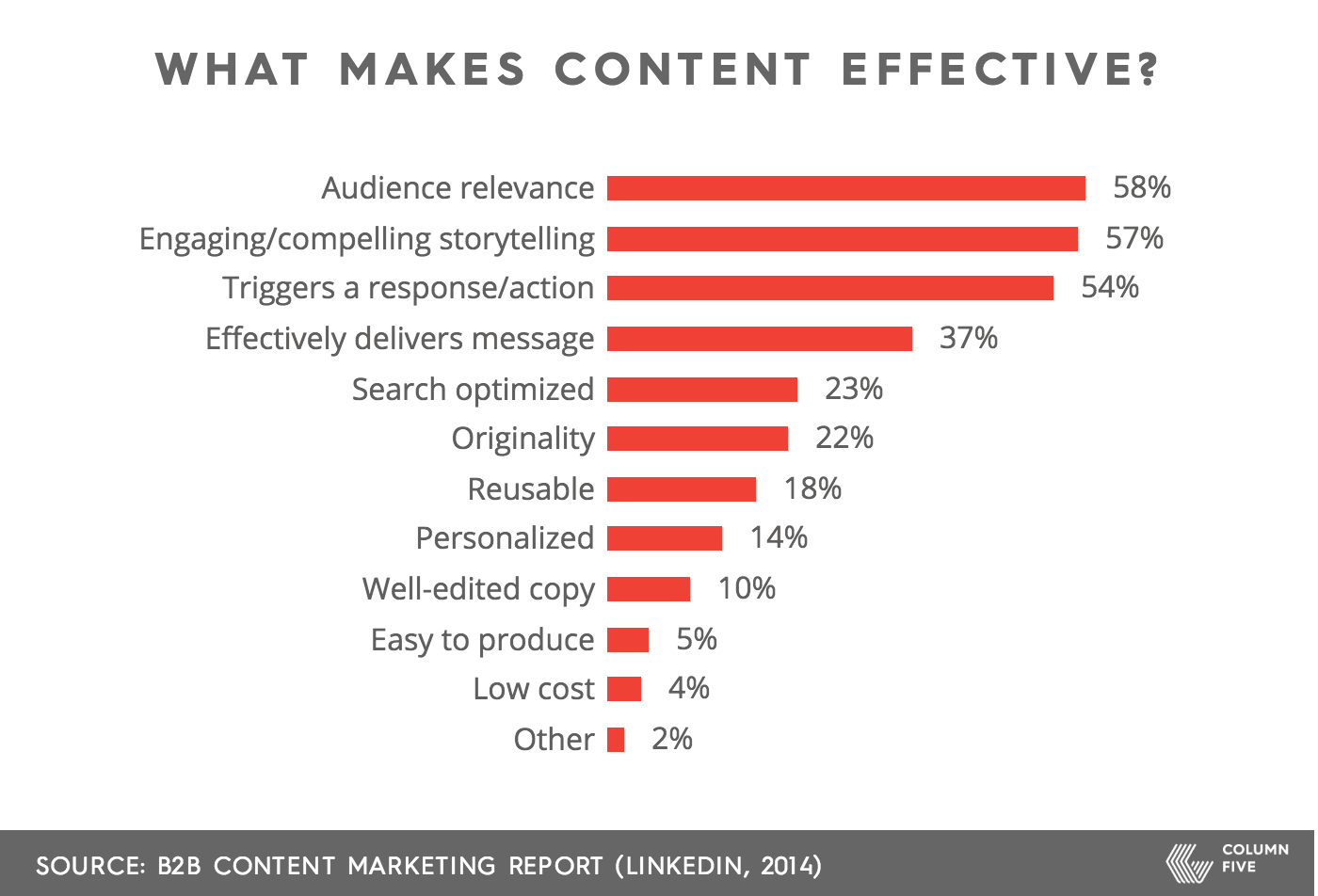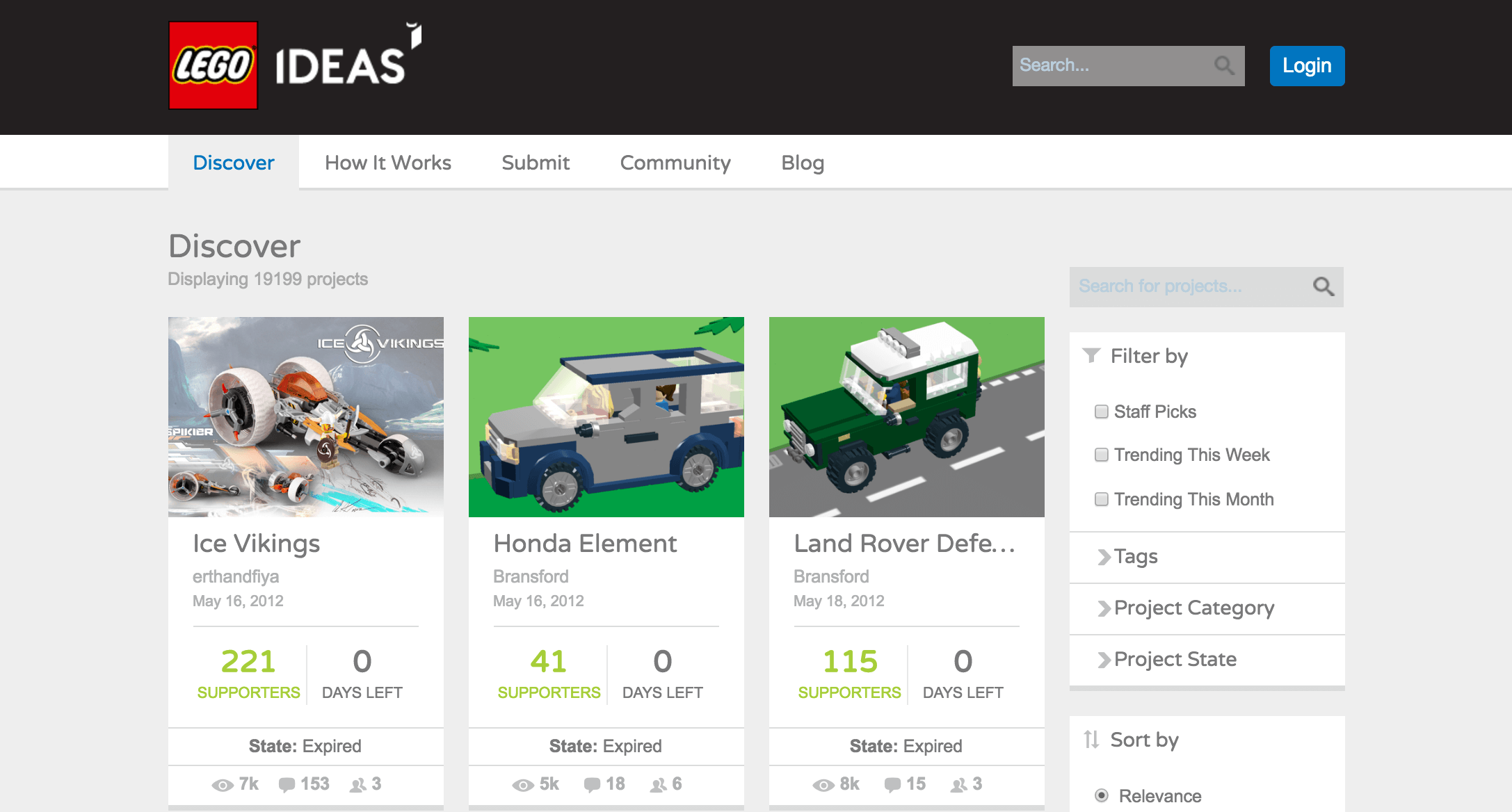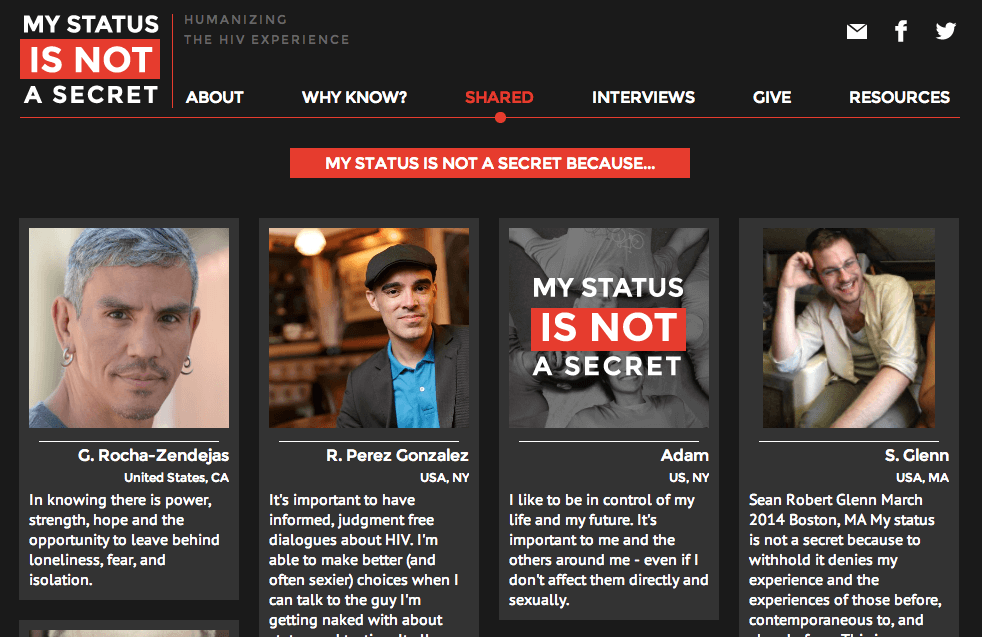There are many good reasons to incorporate user-generated content into your content strategy, yet many brands overlook this tactic. It’s surprising, considering that 60% of B2B marketers cite generating engaging content as their primary marketing challenge (Content Marketing Institute, 2016). Accordingly, 72% have made it their top priority.
Content teams everywhere are mobilizing to make major content pushes, producing blog posts, infographics, whitepapers, videos, and more. As you know, it takes a lot of muscle and manpower to create that content, so it’s disappointing when it isn’t as effective as you’d like.
The problem often comes down to how your audience connects to your content. A 2014 LinkedIn survey asked marketers to identify the keys to effective content. Audience relevance, engaging storytelling, and content that triggers a response ranked highest.

Getting inside your audience’s mind and identifying what they need and want is crucial. (If you haven’t built your audience personas yet, try this exercise to do it over lunch.) But why do we spend so much time huddled in conference rooms trying to figure that out? Why don’t we bring the audience into the creation process?
This is a fundamental shift in thinking: Instead of focusing on creating for your audience, a user-generated content approach lets you create with your audience.
Note: When we talk about your audience, we’re considering your collective audience. Although the majority of it is comprised of your target customers, your content is also seen by other relevant people: current employees, potential employees, industry colleagues, publishers, etc. These segments can also contribute to your content strategy in meaningful ways.
The ROI of User-Generated Content
Taking a user-generated content approach doesn’t mean you just kick up your feet while your audience slaves away for you. It is, however, a useful hack to bring your audience into the content creation process, collaborate together, encourage interaction, and get a whole new stream of fresh content. This benefits both your audience and brand in many ways:
AUDIENCE BENEFITS OF USER-GENERATED CONTENT
- Relevance: Ideas and content generated by your audience speak directly to their interests, challenges, wants, and needs.
- Compelling storytelling: By becoming active participants in the content creation process, your audience is automatically interested in the narrative.
- Personalization: Audiences love to see themselves reflected in content. When someone becomes a part of the process, they feel a sense of ownership. It also makes them feel elevated and valued, strengthening their relationship with your brand.
BRAND BENEFITS OF USER-GENERATED CONTENT
- Engagement: Inviting your audience to collaborate prompts them to actively interact.
- Traffic: Mobilizing your audience through interactive campaigns means more people to your site/better SEO rankings.
- Shareability: Because audiences have participated, they are more likely to share the content, extending your brand reach.
- Originality: Every audience member contributes from a unique perspective. When you mine the hivemind, you get insights (read: content) no other competitor will.
- Evergreen: User-generated content has a long shelf life and can also inspire future ideas.
- Easy to produce: You don’t have to huddle in a conference room, trying to eek out the resources for one idea. Your audience does some of the heavy lifting.
- Low cost: You have more internal resources to spend on big ideas.
While these are all great benefits, the most exciting opportunity lies in the hardcore ROI. Many brands have experimented with user-generated content to great economic success.
Consider Burberry. In 2009, as part of a rebrand effort, the company invited customers to contribute photos and comments to their Art of the Trench website. Over the next year, the company hit a million Facebook fans and e-commerce sales grew 50% year-over-year, largely attributed to the site’s buzz.
Similarly, in 2011, the much-loved Greek yogurt brand Chobani encouraged fans to share their love via videos, photos, and comments on social, which were then used in marketing campaigns. This brand advocacy resulted in a spectacular 225.9% year-over-year increase in sales.
You may be a small startup and not a mega luxury brand, and that’s OK. Plenty of companies have ingeniously put their followers’ brains to work.
How to Create Great User-Generated Content
You have way more resources at hand than you realize. With a little big-picture thinking and a strategic approach, you can increase your volume, expand your reach, and form deeper relationships with your customers, coworkers, and industry colleagues—all through content. Here are some of our favorite ways to create user-generated content.
1) Customer Surveys
Not only do surveys generate insightful information, they also provide unique, proprietary data. These can be as informal or extensive as you like (think Twitter polls vs. full-on reports). Regardless, they result in great content.
If you don’t have a ton of bandwidth, you don’t have to overextend yourself. It’s likely that your sales team is already collecting similar information, which can be repackaged in a useful way. Start by looking at what customer data you already have, then consider what other insights would be interesting to poll them for.
For example, we partnered with Mashable and Addvocate to create an interactive survey to find out how their readers pronounce various tech terms. We also helped NewsCred turn a company survey into a series of animated infographics (aka infoGIFS).

2) Expert Q&As
Interviews with experts in your field are a quick and easy way to help educate your customers, strengthen industry relationships, and expand your own knowledge. You already have those contacts. Tap them to answer a Q&A, record a podcast, or cobrand a piece of content.
Not only are you using their brain, you’re also reaching their audience, expanding your network.
We regularly interview the movers and shakers we’d like to emulate, and we always learn something new, whether that’s tips on how to up our Snapchat game or how to get publishers to notice your content strategy. Our recent interview with Alex Rynne of LinkedIn even racked up a cool 2.5K shares.
3) Internal Collateral
Your own internal documents, decks, or even SlideShare presentations can make great content with pretty much zero effort.
Since we are always seeking to improve our skills, stay on top of trends, and learn to work more efficiently, our employees generate a lot of content to educate the team. We soon realized that same content could help our larger audience—all sourced straight from our employees’ brains.
We turned our internal tips for how to run efficient meetings into an infographic, then repurposed that infographic into a SlideShare to reach yet another audience.
4) Contests
Many brands run contests on social media. These often require minimal interaction (tag a photo, tag a friend). They’re fine, but our favorite contests or challenges encourage the audience to contribute in a creative and unique way. (It also helps strengthen the customer-brand relationship by allowing both sides to share in the fun.)
For example, Starbucks ran the “White Cup” contest, encouraging customers to doodle designs on their coffee cups and submit photos of their work. Similarly, Extra’s #GiveExtraGetExtra campaign encouraged people to share their favorite photos and memories online, some of which were turned into delightful illustrations that appeared on the gum packaging.
Whether it’s on Facebook, Instagram, or Twitter, look for ways to connect on an emotional level (think funny caption contests, personal experiences, and other forms of creative expression).
We had fun with our #dailydata Instagram contest, which encouraged people to showcase their data visualization skills in everyday life. We loved seeing and featuring our favorite examples, and it helped us get to know our audience a bit more.
5) Creative Use-Cases
Product reviews can be a little boring, especially for those customers who are familiar with the product. However, inviting your community to share their unique or successful use-cases is a great way to showcase your product while inspiring others. (Sometimes it can even result in additional product ideas for you!)
LEGO does this well with its LEGO Ideas, a section of the company’s site where users can show off their impressive creations, submit them to become actual LEGO sets, and vote on others’ designs.

6) Turn Customers Into Stories
Your customer story doesn’t end once they buy your product or solicit your service. Your brand may play a large or small role in their life; either way, it’s exciting to explore that role within the context of story (beyond basic testimonials).
Airbnb does this fantastically with their Stories series. They connect local photographers and writers with Airbnb users to document how the service benefits users’ lives in unique ways.
Look for creative ways to bring your brand’s customer success stories to life.
We loved working with Parker Trewin, a longtime C5 partner, on the My Status Is Not a Secret Project. It let us share his story of living with HIV and allowed others to share their stories to raise awareness.

Other types of user-generated content
In addition to the tactics mentioned above, you might also consider the following.
7) YouTube reviews and tutorials
Having regular customers or influencers put your product to work feels more natural and organic than a hard sell on your site.
8) Crowdsourcing
Whether it’s via social, survey, or informal email, you can ask for suggestions, advice, or any other useful information.
True story: We recently emailed our partners to find out what they’re struggling with. One response inspired this post.
9) “Takeovers” for social
Partner with other brands, users, or influencers to let them curate your social content for a day.
10) Internal experts
Mine your own team for their tips, resource roundups, or individual Q&As.
We polled our team to get their best content marketing advice, then turned their responses into our 10 tips for content marketers.
11) Culture marketing
Not all stories have to sell your product or service. Some can showcase your values, beliefs, learnings, and culture. Look for opportunities to bring these to light.
We’ve written about our company hack days, core beliefs, methods for tapping into our best ideas, and everything we learned in a year.
Share Your User-Generated Content Ideas
Depending on your goals, some tactics may work better for your brand than others. We’d encourage you to experiment with as many as you can. We promise. The more you start to implement this thinking, the more you’ll bond with the following you’ve worked hard to build.
If you’ve put user-generated content to work or have any tips of your own, let us know. And if you’re still feeling stuck with your content, we’re always happy to chat.




